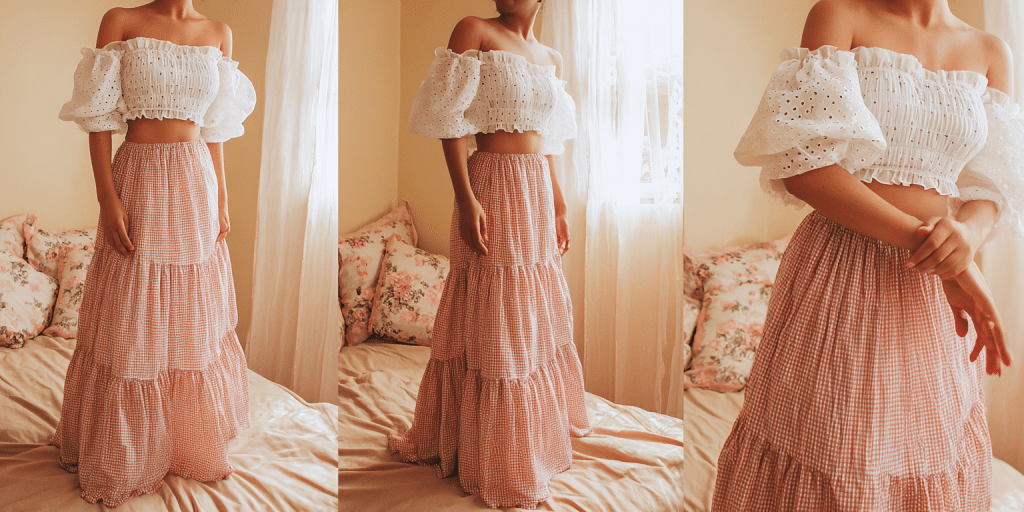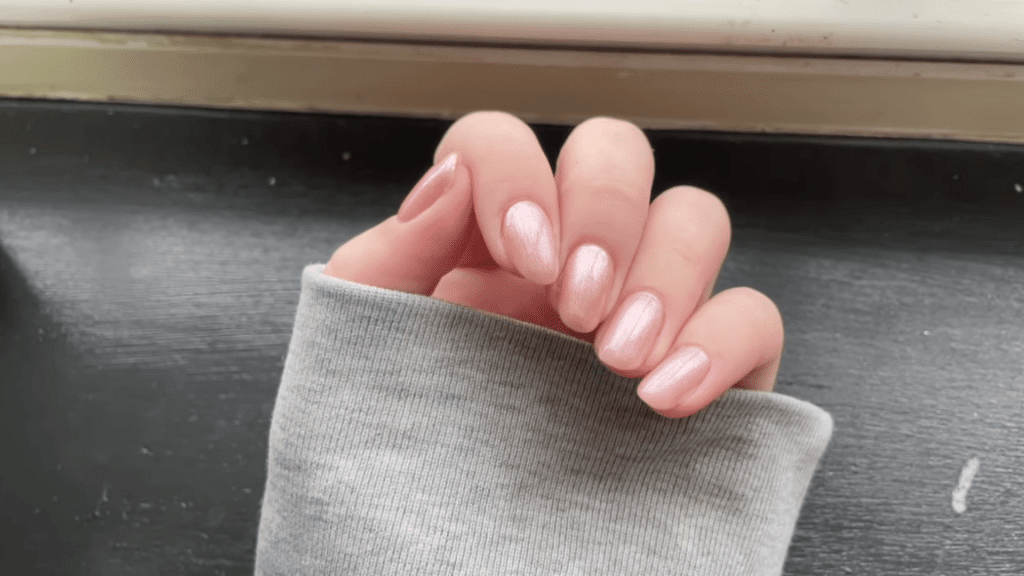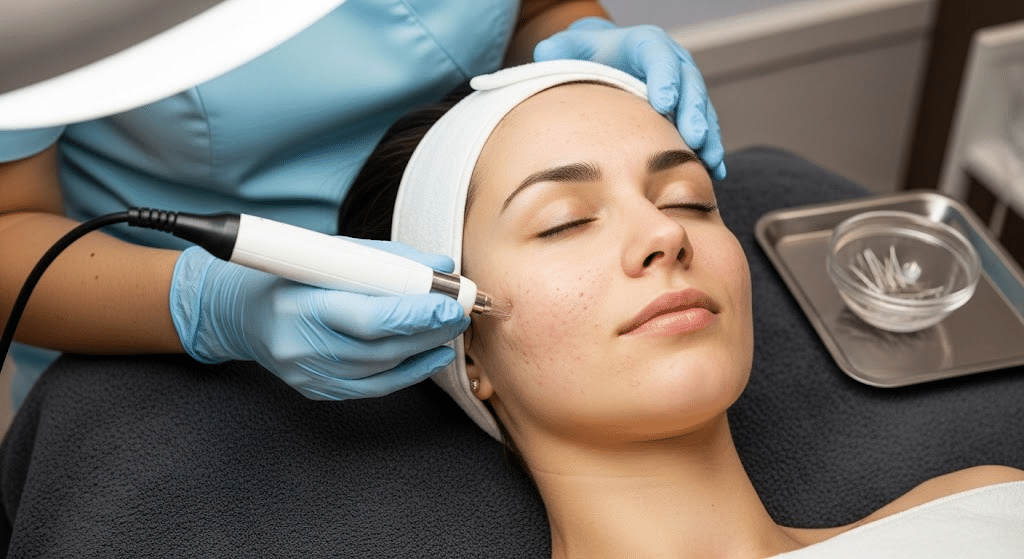Learning how to clean a hairbrush is one of the most important yet overlooked parts of hair care.
Your brush collects dead hair, oils, styling products, and dirt every time you use it. Without cleaning, this buildup transfers back to your freshly washed hair, making it look greasy and dull.
Even worse, dirty brushes can harbor bacteria that cause scalp problems and bad smells.
Fortunately, cleaning your hairbrush is surprisingly easy and takes just a few minutes. With the right tools and simple steps, you can keep your brush fresh, clean, and working perfectly for healthy, beautiful hair.
What Happens If You Don’t Clean Your Hairbrush?
When you skip cleaning your hairbrush, several unpleasant things start to happen. Dead hair, oils from your scalp, and styling products like gel or hairspray build up between the bristles over time.
This creates a messy, sticky layer that reduces the effectiveness of your brush in smoothing and detangling your hair. The buildup can transfer back onto your clean hair, making it look greasy and dirty even right after washing.
Your scalp may become itchy or irritated from the old oils and product residue.
Even worse, the warm, moist environment in a dirty brush becomes a perfect breeding ground for bacteria and fungi, which can cause a bad smell, scalp infections, or dandruff.
What You’ll Need to Clean Your Hairbrush
Before you start cleaning your hairbrush, gather these basic supplies. Most items are probably already in your home, making this an easy and affordable task.
| CATEGORY | ITEMS | PURPOSE |
|---|---|---|
| Tools | Wide-tooth comb, old toothbrush, scissors | Remove hair, scrub bristles, cut tangles |
| Cleaners | Mild shampoo, baking soda, and white vinegar | Basic cleaning, remove buildup, disinfect |
| Natural Options | Castile soap, apple cider vinegar, tea tree oil | Gentle cleaning for sensitive scalps |
Choose the cleaning method that works best for your hair type and skin sensitivity. Natural options are great if you have allergies or prefer gentler products.
Step-by-Step Guide to Cleaning Your Hairbrush
Cleaning your hairbrush is easier than you might think. Follow these simple steps to get your brush looking and working like new again. The whole process takes about 20 minutes, including soaking time.
Step 1: Remove All the Hair
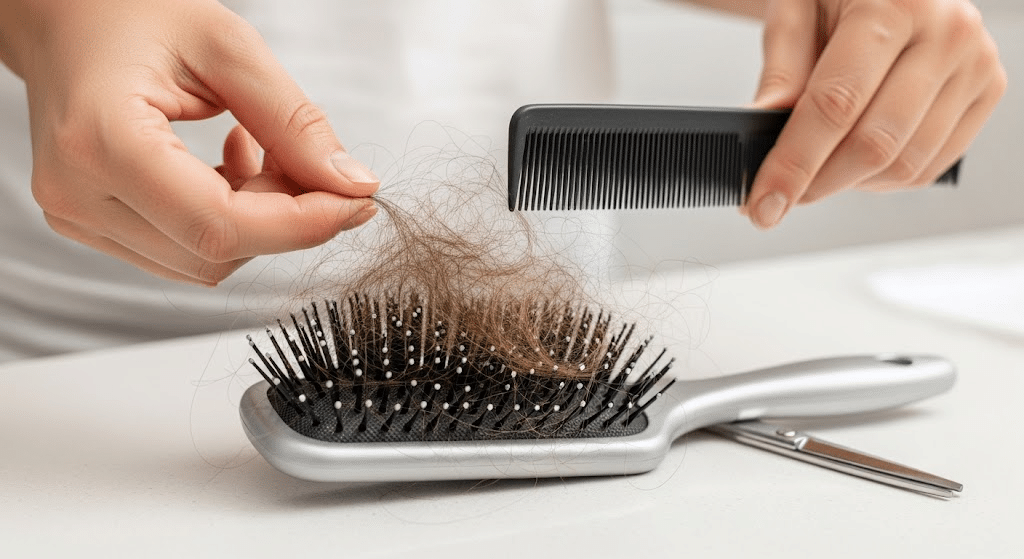
Start by pulling out all the loose hair stuck in your brush. Use your fingers to grab clumps of hair and gently lift them out.
For stubborn tangles wrapped around the bristles, use a wide-tooth comb to help loosen them. If hair is really stuck, carefully cut it with small scissors. Make sure to remove every strand before moving to the next step.
Step 2: Prepare Your Cleaning Solution

Fill a bowl with warm water that feels comfortable to touch. Add just a few drops of mild shampoo or one tablespoon of baking soda to the water.
Stir the mixture gently until it becomes soapy or the baking soda dissolves completely. This cleaning solution will break down oils, product buildup, and dirt without being too harsh on your brush bristles.
Step 3: Soak Your Hairbrush
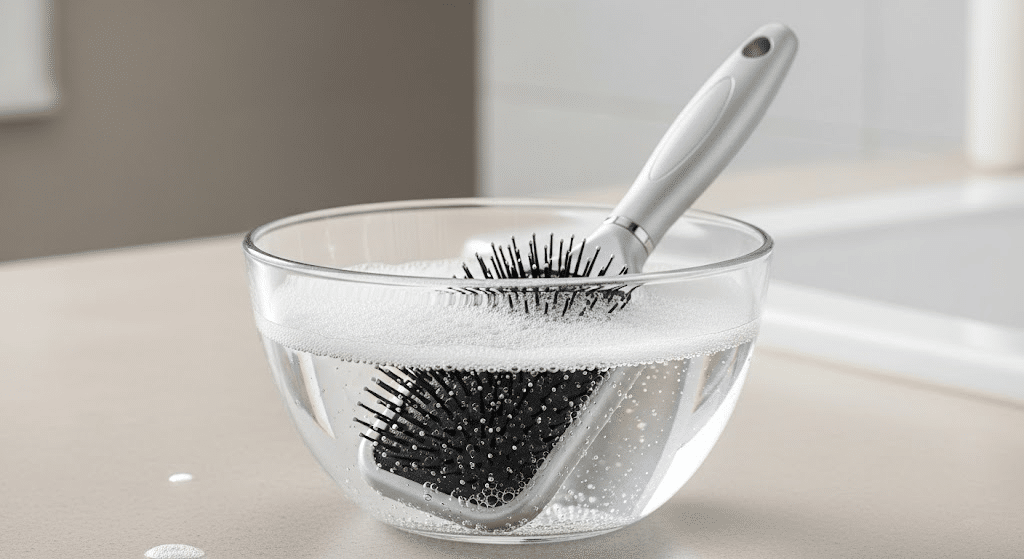
Place plastic or synthetic brushes completely in the cleaning solution for 10 to 15 minutes. This soaking time helps soften stubborn buildup.
However, if you have a wooden brush or natural boar-bristle brush, only dip the bristles briefly into the solution. Never soak wooden brushes fully; water can damage wood, causing cracks or warping over time.
Step 4: Scrub Away the Residue
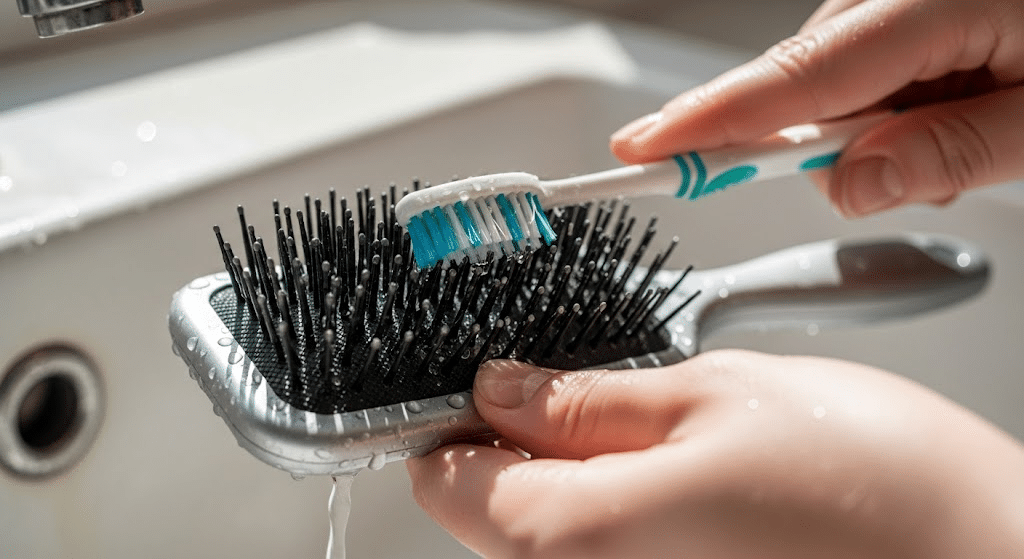
Take an old toothbrush and gently scrub between the bristles to remove leftover buildup. Focus on the base where most dirt collects.
You can also use a clean comb to help reach tight spaces. Scrub in different directions to make sure you clean every area thoroughly. Be gentle but firm enough to remove all the sticky residue and oils completely.
Step 5: Rinse and Air Dry
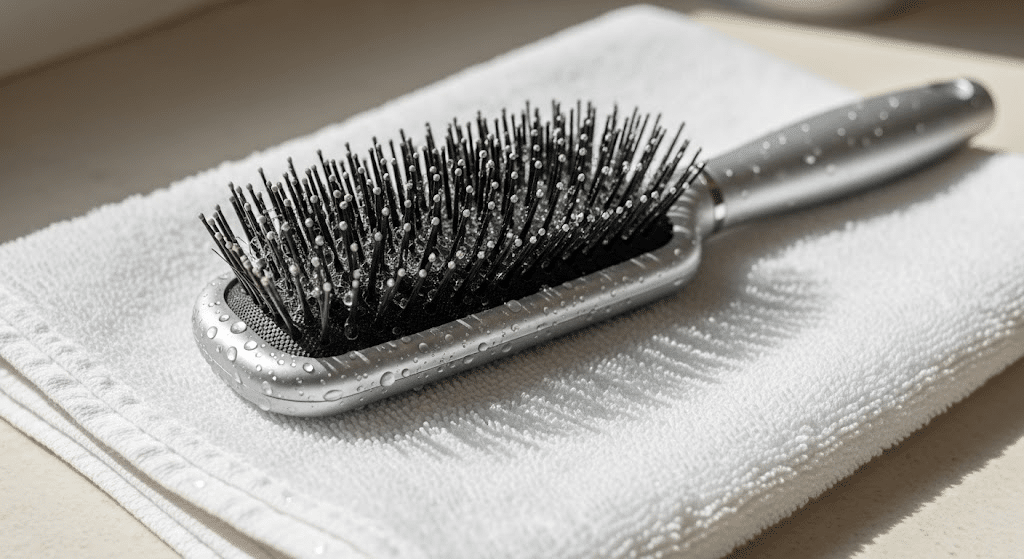
Hold your brush under lukewarm running water and rinse away all soap and loose dirt. Make sure no cleaning solution remains on the bristles.
Gently shake off excess water, then place the brush bristles down on a clean towel. This position aids water drainage and prevents moisture buildup in the base, which could cause mold or damage to your brush.
Tips & Tricks from the Community for Cleaner Brushes
Real people share their favorite methods for keeping hairbrushes spotless. These tried-and-tested tips from online communities might give you some new ideas to try.
“I soak the combs and brushes in water mixed with baking soda. Then I use a toothbrush for thorough cleaning. I found this method cleaned the brushes really well and kept them fresh.” Indus Ladies
“Soak overnight in a cup of warm water and a little shampoo. Next day use a toothpick to clear hair from it then rinse.” Reddit
“Remove hair from the brush first, then soak it in warm water with a bit of shampoo or dish soap for 10–15 minutes. Use an old toothbrush to scrub away buildup, rinse well, and air dry with bristles down. This keeps brushes clean from dirt, oil, and product residue.” Quora
These community tips show that there are many effective ways to clean your hairbrush. Try different methods to find what works best for your brush type and cleaning routine.
Mistakes to Avoid When Cleaning Your Hairbrush
Many people make simple mistakes when cleaning their hairbrushes that can damage the bristles or reduce the brush’s lifespan. Avoiding these common errors will keep your brush in great condition for years.
- Don’t soak wooden brushes; water can crack the wood
- Avoid harsh cleaners like bleach or dish soap
- Don’t skip regular cleaning; the buildup gets harder to remove
- Never dry bristles up, water collects, and causes mold
- Avoid hot water; it can melt synthetic bristles
Remember these simple tips and your hairbrush will stay clean, effective, and last much longer. Taking a few extra minutes to clean properly is always worth the effort.
When to Replace Your Hairbrush Instead of Cleaning

Sometimes cleaning isn’t enough, and you need to replace your hairbrush completely.
Look for signs like broken or bent bristles, cracks in the handle, or a base that’s falling apart. If your brush still smells bad after deep cleaning, bacteria may be growing inside where you can’t reach.
Old, damaged brushes can actually hurt your hair by causing breakage, tangles, and scalp irritation. When buying a new brush, choose one that matches your hair type – wide-tooth combs for curly hair, boar bristles for fine hair, and paddle brushes for thick, straight hair.
A good quality brush should last you several years with proper care.
That’s a Wrap
Now you know exactly how to clean a hairbrush properly! Regular cleaning will keep your hair looking its best and extend your brush’s life for years.
Remember to remove hair after each use, deep clean weekly for daily users, and replace your brush when it shows signs of damage. If you prefer simple soap and water or natural cleaning solutions, the key is staying consistent with your routine.
A clean brush means healthier hair, so make hairbrush cleaning a regular part of your hair care habits. This simple routine will make a big difference in your hair’s health and appearance!
What’s your favorite method for cleaning hairbrushes? Share your tips in the comments below!



